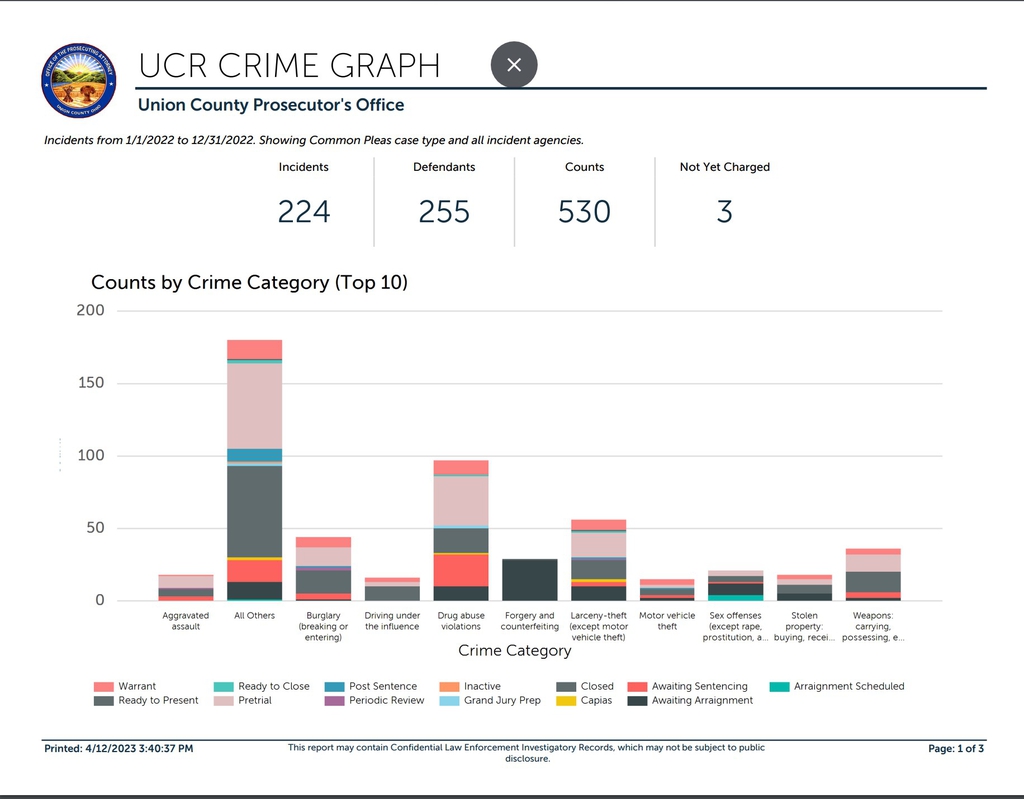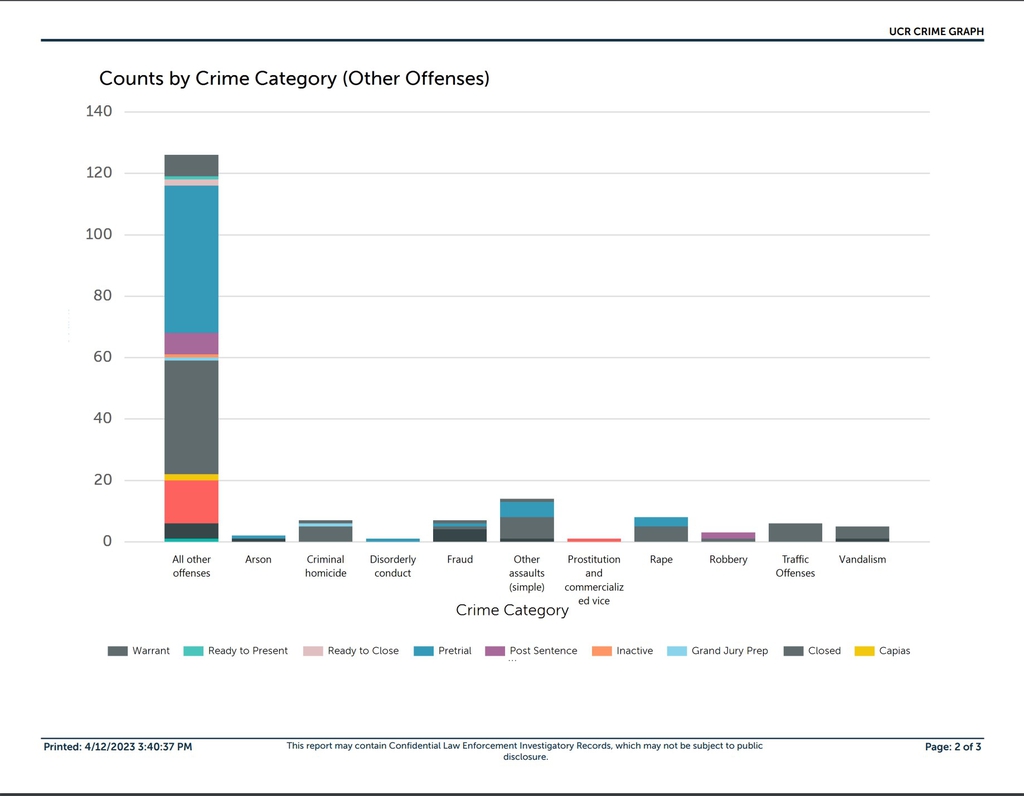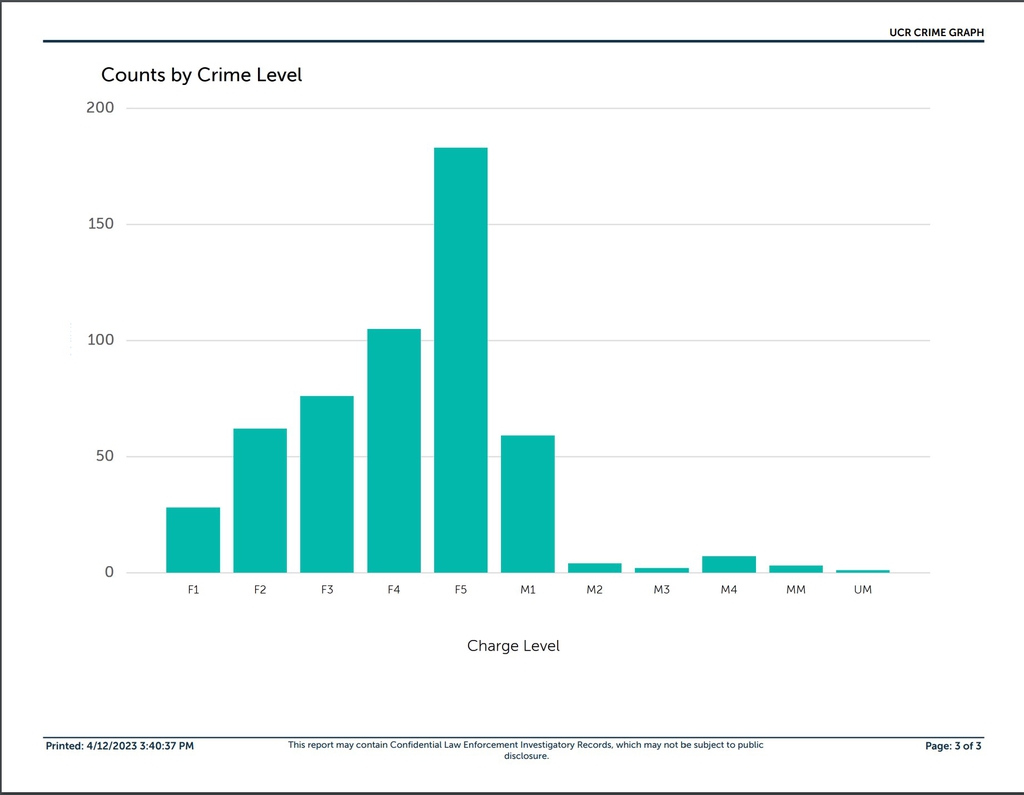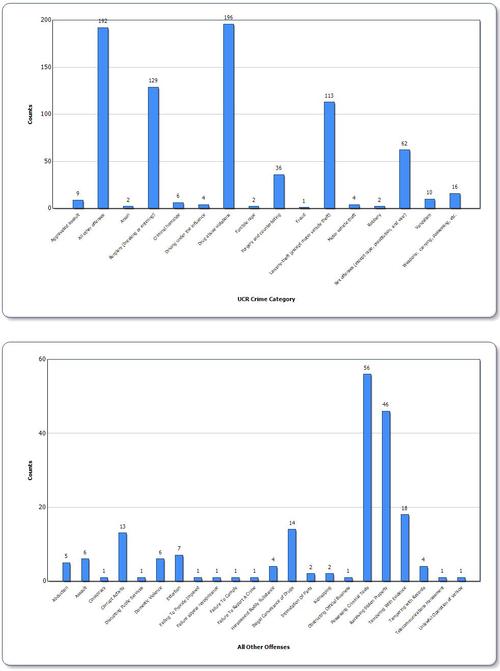For most people, familiarity with the criminal justice system comes from movies, television, and books. But when we become personally involved in the criminal law system, real-life issues come into focus and the need for information and assistance can arise quickly.
The Source of Criminal Law
When the Ohio Legislature decides that certain conduct is dangerous to citizens, or damaging to the society as a whole, such conduct is labeled a "crime" and is made punishable by sanctions such as fines and imprisonment. Criminal statutes describe the type of conduct that has been deemed a crime, the mindset or intent required, and in some instances, the punishment to be imposed.
For example, the following "Robbery" statute is found in Section 2911.02 of the Ohio Revised Code:
(A) No person, in attempting or committing a theft offense or in fleeing immediately after the attempt or offense, shall do any of the following:
(1) Have a deadly weapon on or about the offender's person or under the offender's control;
(2) Inflict, attempt to inflict, or threaten to inflict physical harm on another;
(3) Use or threaten the immediate use of force against another.
(B) Whoever violates this section is guilty of robbery. A violation of division (A)(1) or (2) of this section is a felony of the second degree. A violation of division (A)(3) of this section is a felony of the third degree.
The Criminal Law System: Players and Procedure
The criminal law "system" encompasses the entire criminal process itself -- from investigation and arrest, to conviction and sentencing -- and the people who play a role in that process: the accused, police officers, prosecuting attorneys, bail bondsmen, , defense attorneys, judges, witnesses, probation officers, and corrections officers.
At all stages of the criminal process, a person suspected of or charged with a crime is entitled to certain fundamental rights that derive from the U.S. Constitution and key court decisions. These include the right to an attorney and the right to a speedy jury trial. These constitutional rights provide a balance between the government's interest in ensuring that criminal behavior is identified and punished, and the fundamental need to preserve and promote the individual freedoms that characterize a democratic society.
The Outcome: How Might a Criminal Case End?
The outcome of any criminal case depends upon the crime charged, the strength of the evidence, the legal validity of law enforcement and courtroom procedure, and the goals and strategy of the government and defense. When all is said and done, there may be no legal consequence for a person charged with a crime, because the charges are dismissed, or a full-fledged jury trial might result in a criminal conviction.
Some potential outcomes of a criminal case are:
A criminal investigation ends with no arrest.
A person is arrested and charged with a crime, then enters into a plea bargain with the government, agreeing to plead "guilty" in exchange for some form of leniency, such as a lighter sentence.
A person is arrested and charged, but before the case gets to a jury, the court dismisses it because the charges depend on evidence seized illegally by the police.
A person is brought to trial and found "not guilty," or acquitted, by a jury.
A person is convicted by a jury and sentenced to a long prison term or a sanction of community control.
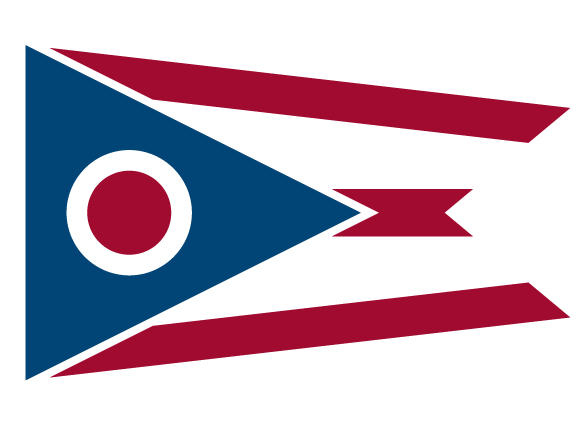 An official State of Ohio government website.
Here's how you know
An official State of Ohio government website.
Here's how you know



